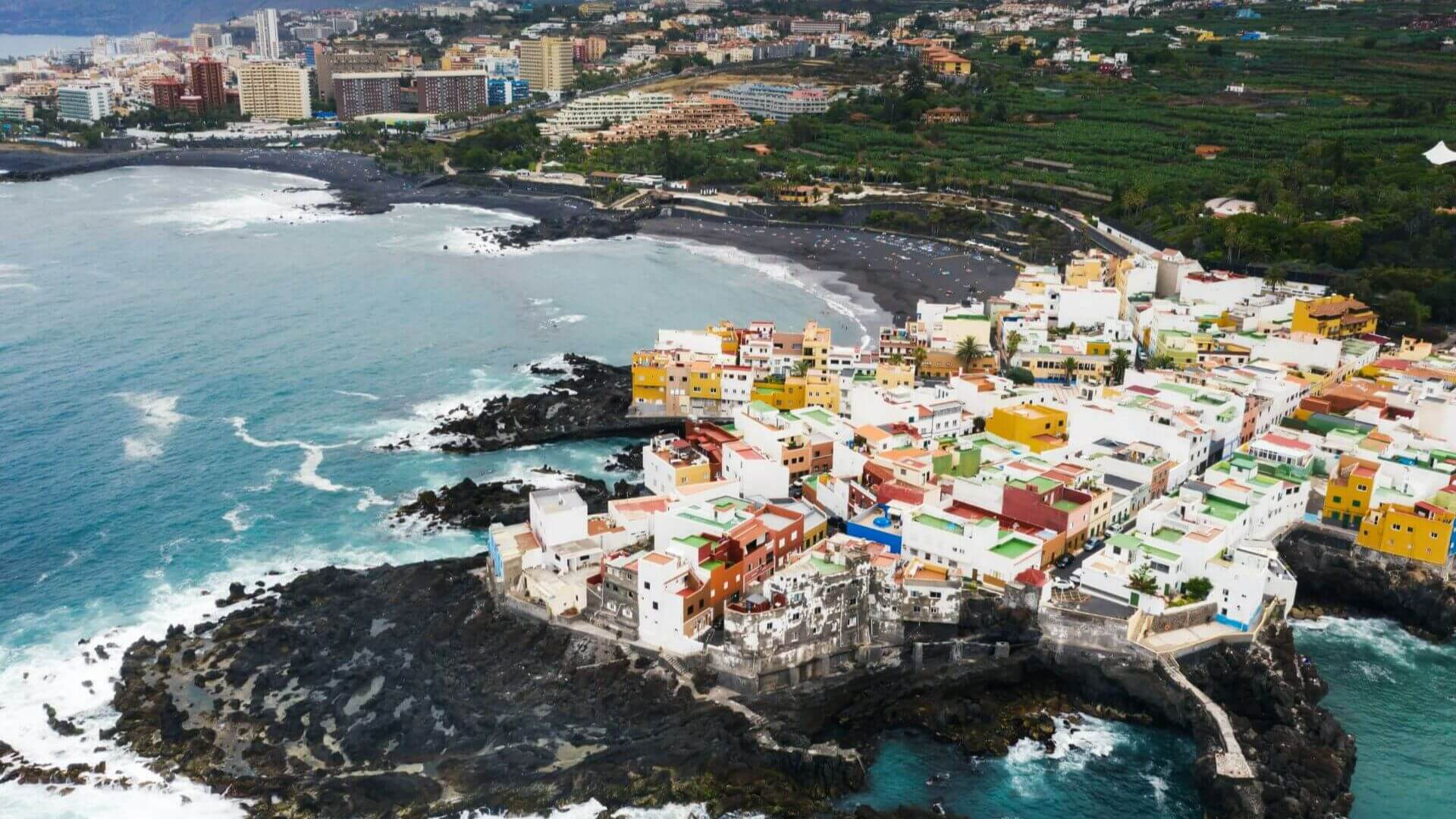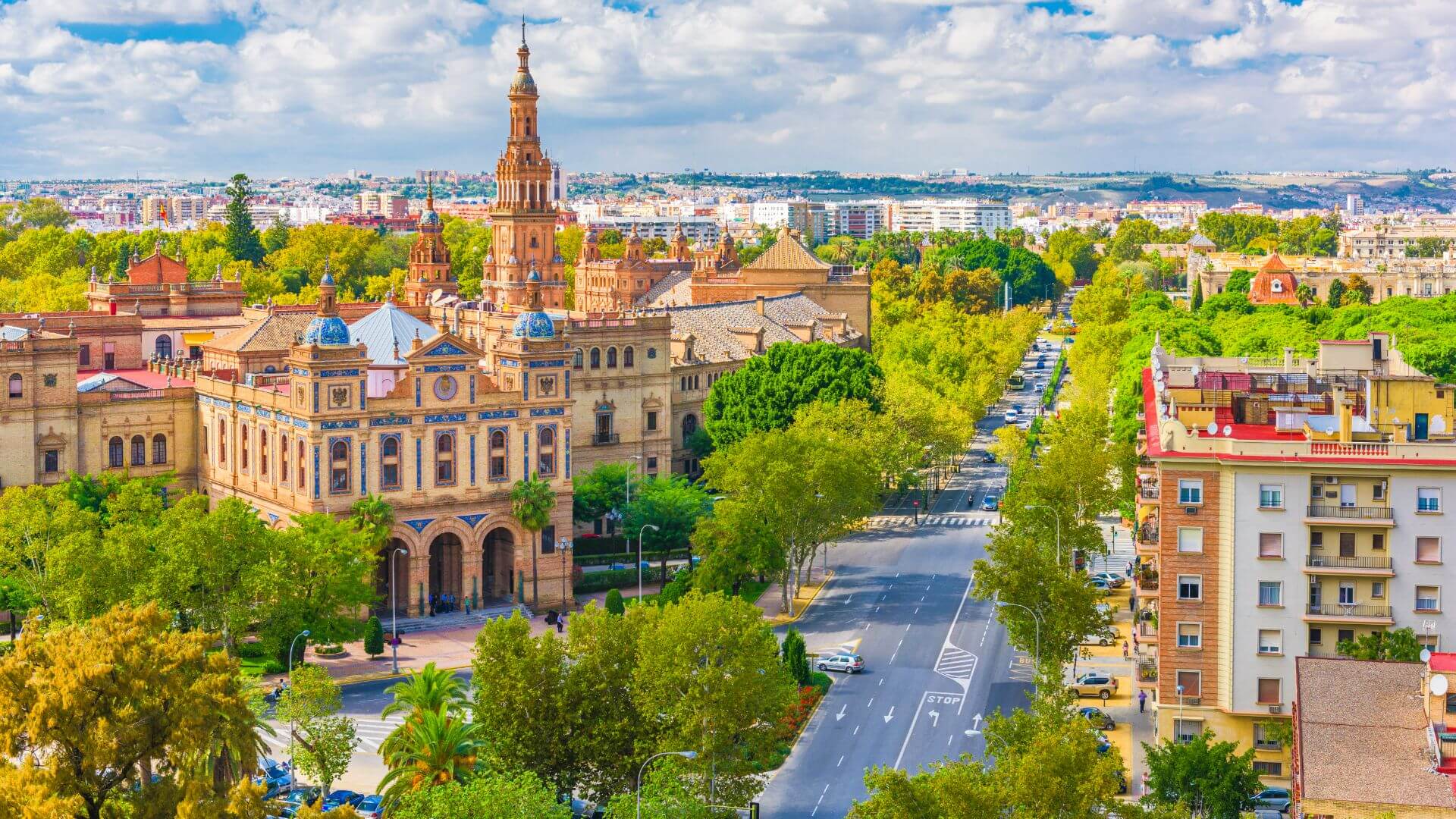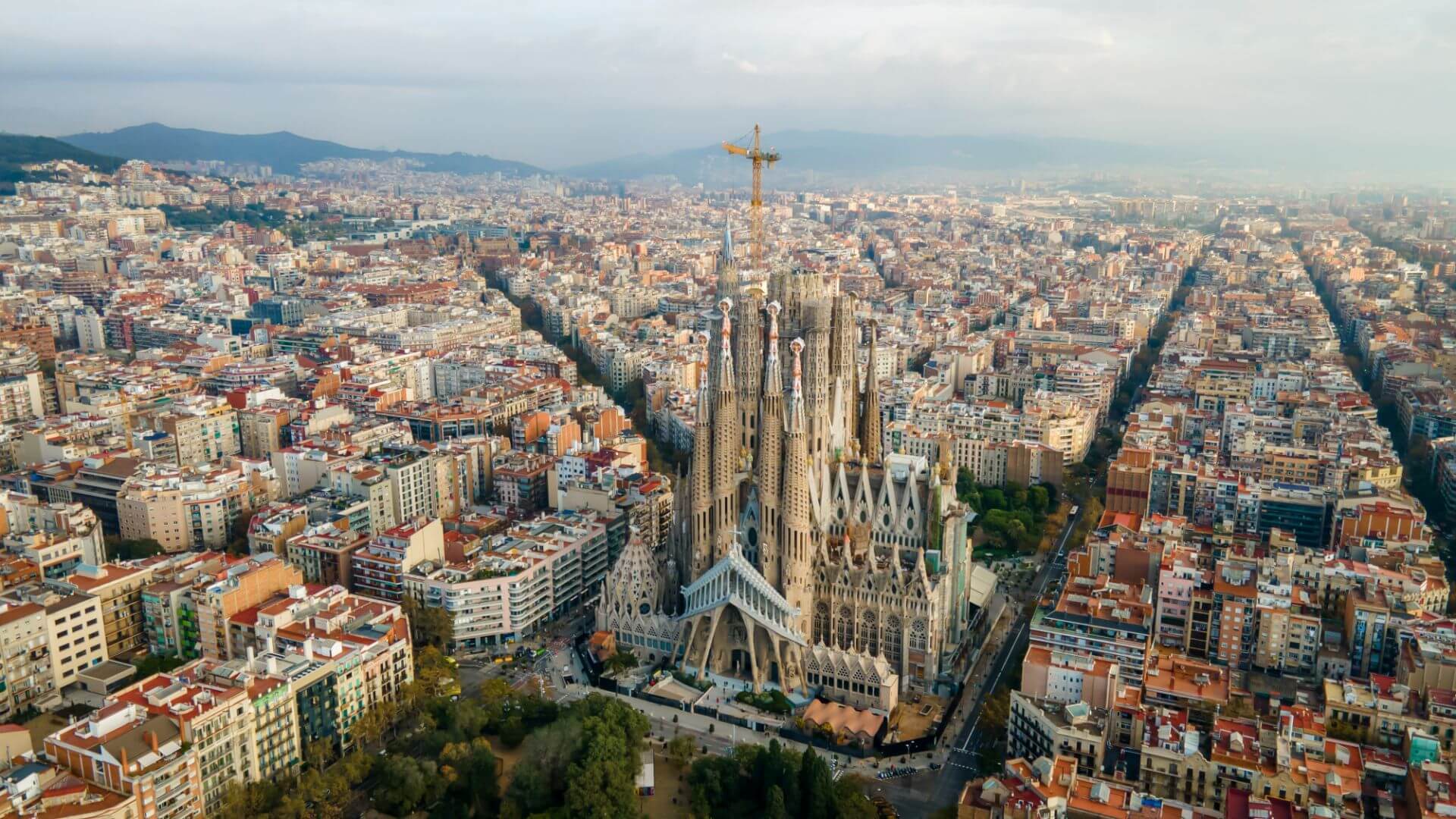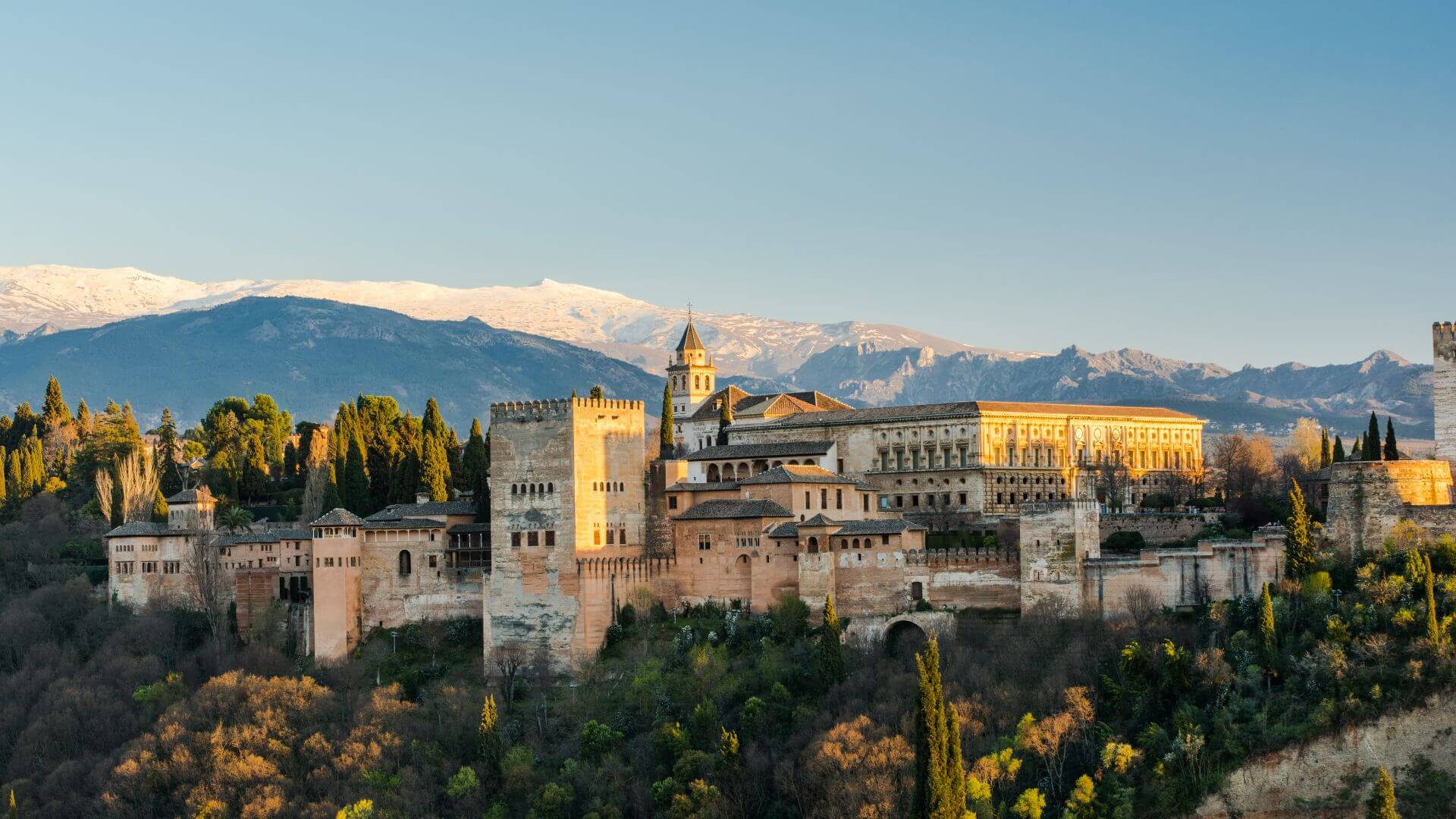A Journey Through Time and Culture
Spain, a land steeped in diverse cultures and rich history, beckons travelers to embark on a unique journey through its vibrant cities. Each city is a living museum, offering a window into the past while pulsating with contemporary life. From the Moorish splendors of Granada to the avant-garde spirit of Barcelona, and from the futuristic architecture of Valencia to the rhythmic soul of Seville, Spain’s urban landscapes are a testament to a heritage that spans millennia. In this exploration, we delve into the historical and cultural essence of six magnificent Spanish cities: Granada, San Sebastian, Barcelona, Valencia, Seville, and Tenerife, each a distinct mosaic piece in Spain’s grand historical tapestry.
Granada: Where Moorish and Spanish Worlds Intertwine
Granada, nestled at the foot of the Sierra Nevada mountains, is a city where history breathes through the walls of its ancient buildings. The Alhambra Palace, an emblematic symbol of Moorish civilization in Europe, stands as a breathtaking monument of intricate artisanship and architectural prowess. This UNESCO World Heritage site, with its ornate courtyards and whispering fountains, offers a serene glimpse into Islamic Spain. The Albaicín, an old Moorish quarter, is a labyrinth of cobblestone streets and whitewashed houses, echoing stories of a bygone era. A visit to Granada is incomplete without experiencing the passion of Flamenco in the caves of Sacromonte, where the dance’s fiery spirit is palpably alive.

San Sebastian: A Culinary Heaven and Cultural Hub
Traveling to the northern coast, San Sebastian, in the heart of Basque Country, presents a different facet of Spain’s cultural mosaic. Renowned for its culinary excellence, the city’s streets are lined with Michelin-starred restaurants and pintxos bars, offering an unparalleled gastronomic adventure. The Old Town, or Parte Vieja, is a blend of historical architecture and lively dining scenes. The San Telmo Museum, housed in a 16th-century convent, is a treasure trove of Basque history and art. The city’s pristine beaches, notably La Concha, offer a picturesque setting against the urban backdrop, making San Sebastian a perfect blend of culture, history, and natural beauty.

Barcelona: A Tapestry of Art and Architecture
Barcelona, the Catalan capital, is a kaleidoscope of artistic and architectural wonders. The city’s landscape is dotted with Antoni Gaudí’s surreal creations, from the awe-inspiring Sagrada Familia to the whimsical Park Güell. The Gothic Quarter, with its medieval alleyways, opens up to the grandeur of the Barcelona Cathedral, a masterpiece of Gothic architecture. The Picasso Museum, celebrating the artist’s formative years, showcases over 4,000 works, revealing the genius’s evolution. Barcelona’s street life, marked by vibrant markets like La Boqueria and beachside promenades, adds a lively charm to this historic city.
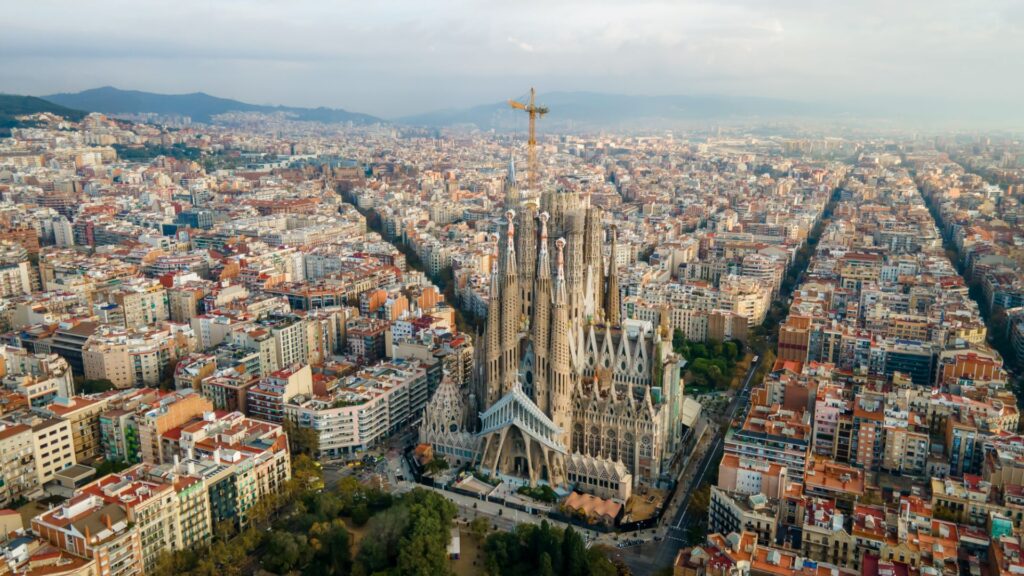
Valencia: A Blend of Historic Grace and Modern Flair
In Valencia, history and innovation converge in a striking display. The city’s heart is in its Old Town, where the Silk Exchange, a Gothic architectural marvel, and the Valencia Cathedral, home to a purported Holy Grail, stand. The Turia Gardens, snaking through the city, lead to the futuristic City of Arts and Sciences, an architectural wonder by Santiago Calatrava. Valencia’s culinary fame lies in its claim as the birthplace of paella, offering an authentic taste of Spanish cuisine. The blend of ancient and futuristic, along with the culinary delights, makes Valencia a captivating stop in the journey through Spain’s history.
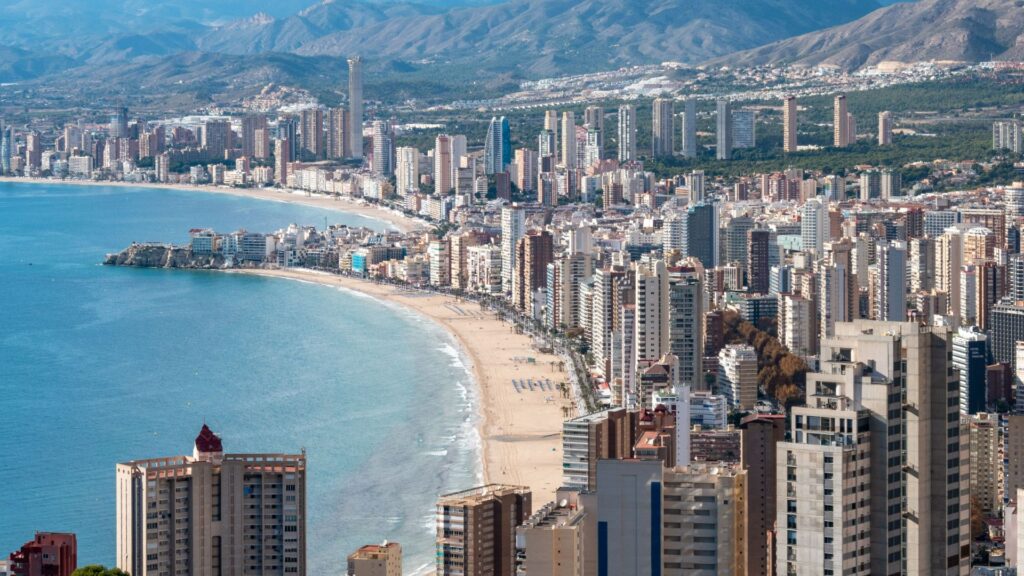
Seville: The Rhythmic Heartbeat of Andalusia
Nestled in the heart of Andalusia, Seville pulsates with the passionate rhythms of flamenco. This historic city, with its rich cultural heritage, has become synonymous with the soul-stirring art form. From the iconic Alcázar Palace to the enchanting Barrio Santa Cruz, Seville’s cobbled streets echo with the fiery spirit of flamenco. As you explore its hidden courtyards and embrace its vibrant atmosphere, you’ll discover that Seville is not just a place but a celebration of this mesmerizing dance and music that defines Andalusia.

Tenerife: The Island of Eternal Spring
Tenerife, known as the “Island of Eternal Spring,” is a paradise where nature thrives year-round. Located in the Canary Islands, Tenerife boasts a mild climate that ensures a perpetual burst of life and color. With its diverse landscapes, from the majestic Teide volcano to lush forests and pristine beaches, Tenerife offers a haven for outdoor enthusiasts and nature lovers alike. Whether you seek adventure or tranquility, Tenerife’s eternal springtime charm welcomes you to explore its unique and breathtaking scenery.

Conclusion: A Mosaic of Historical Splendor
Spain’s cities, each with its unique allure, offer a journey through layers of time and culture. From Granada’s Moorish palaces to Barcelona’s modernist architecture, from Valencia’s ancient wonders to Seville’s flamenco echoes, and Tenerife’s natural grandeur, Spain is a living museum of history and culture. This exploration through Spain’s cities is more than a trip; it’s a voyage through the annals of time, offering insights into the rich tapestry that makes up the Spanish identity. Whether a history aficionado, a cultural enthusiast, or a wanderlust traveler, Spain promises an unforgettable journey through its storied cities.
What is the Best Time to Visit Spain?
The best time to visit Spain largely depends on the region and your interests. Generally, the ideal periods are during the spring (March to May) and fall (September to November) when the weather is pleasant, and the tourist crowds are smaller. Summers can be hot, especially in southern regions like Andalusia, while winters are mild in most parts. Northern areas, like San Sebastian, might be cooler and rainier.
Do I Need to Speak Spanish to Travel Around Spain?
While knowing Spanish is beneficial, it is not a necessity for traveling around Spain. In major cities and tourist destinations, many people speak English, and signs and menus are often available in multiple languages. However, learning a few basic Spanish phrases can enhance your experience and help in connecting with locals.
What are the Must-Visit Historical Sites in Spain?
Spain is filled with historical sites, but some must-visits include the Alhambra in Granada, the Sagrada Familia in Barcelona, the City of Arts and Sciences in Valencia, the Alcázar of Seville, and the Teide National Park in Tenerife. Each of these sites offers a unique glimpse into Spain’s diverse history and cultural heritage.
How Do I Get Around in Spain?
Spain boasts an efficient public transportation system. The high-speed train (AVE) connects major cities like Madrid, Barcelona, and Seville. Regional trains and buses are good for shorter distances. Renting a car is another option, especially for exploring rural areas or the islands like Tenerife. In cities, metros and taxis are convenient for local travel.
What are Some Typical Spanish Foods to Try?
Spanish cuisine is as diverse as its regions. Don’t miss trying Paella in Valencia, Pintxos in San Sebastian, Tapas in Granada and Seville, and fresh seafood in coastal areas. Each region has its specialties, so be sure to explore local markets and restaurants for authentic and traditional flavors.


